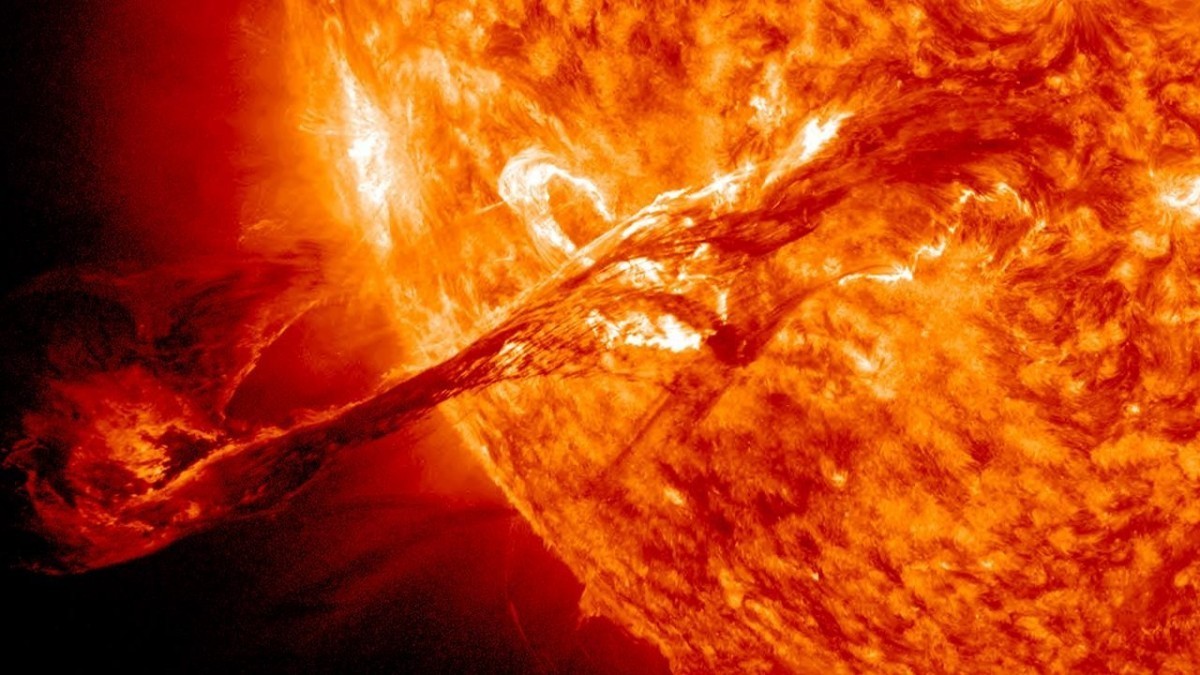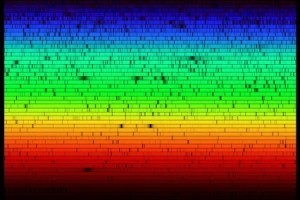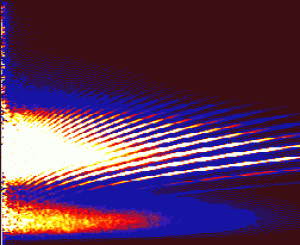Our Sun emits solar flares on a regular basis, but what would happen if it released a flare 100,000 times more powerful than the largest flare in recorded history? Could it destroy our power grid, irreversibly change life on Earth, or even strip the atmosphere from our planet? Let the fear-mongering begin!
Superflares are in the news, and with it comes wild claims about their possible threat to human civilization. As with most hyped stories, they focus on just how powerful one could be, and how it might disrupt human civilization rather than the actual science, which is unfortunate because the science is pretty interesting. It’s based on recent work that looked at the flare activity of more than 5,000 Sun-like stars. What they found was that stars where superflares occur tend to have stronger magnetic fields than stars where superflares are less likely. This correlation between superflares and magnetic field strength suggests that superflares are produced by a mechanism similar to regular solar flares.
From solar observations we know that solar flares occur when magnetic field lines near the Sun’s surface “snap” into realignment. The Sun actually rotates differentially, meaning that its equator rotates a bit faster than its poles. As a result, over time the magnetic field at its surface wraps around the Sun a bit. When the magnetic field is twisted up, it can realign quickly, producing a solar flare. For stars with stronger magnetic fields, the resulting realignment has a tendency to be more severe, and thus large solar flares (superflares) are more likely. This work shows that superflares are not a different phenomena, but are solar flares on a larger scale. They also found that superflares can occur on stars with magnetic field strengths similar to the Sun. While superflares are much more likely on stars with strong magnetic fields, the team found that about 10% of the superflares they observed occurred on stars with magnetic fields on par or weaker than that of our Sun. From their observations, they estimate that a superflare could occur on the Sun about once every thousand years or so.
That said, if such a superflare were to occur today it wouldn’t end civilization as we know it. There is some evidence in tree ring data that small superflares might have occurred in 775 and 993 AD, with little effect on human society. In our modern world solar flares do pose some risk to satellites and our electrical power grid, but we have ways of limiting their effect. In a bad-case scenario we might have some infrastructure to rebuild, but it wouldn’t be an extinction-level event.
So there’s no need to worry. Just keep calm and science on.
Paper: Christoffer Karoff, et al. Observational evidence for enhanced magnetic activity of superflare stars. Nature Communications 7, Article number: 11058, doi:10.1038/ncomms11058 (2016)











